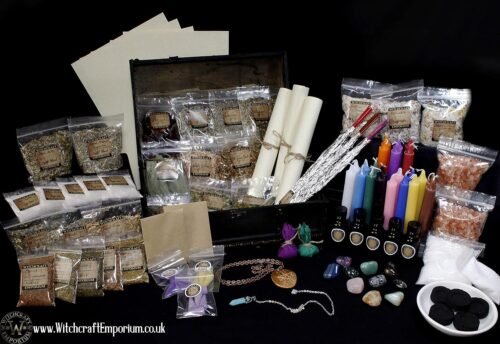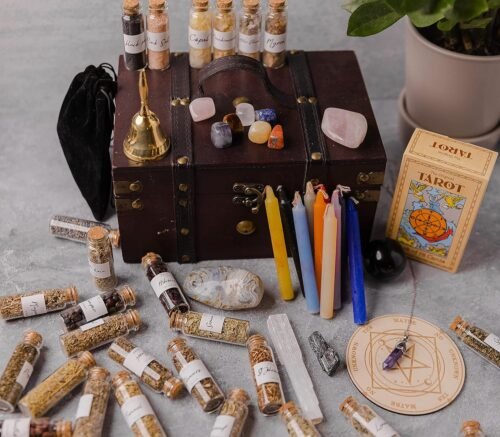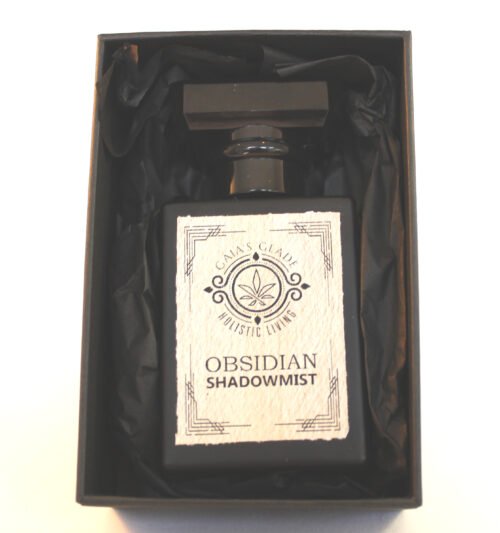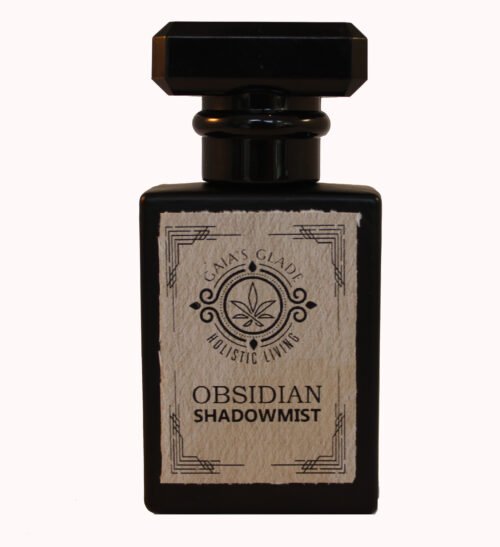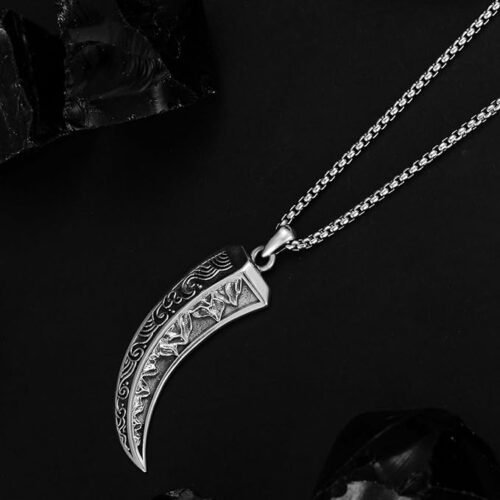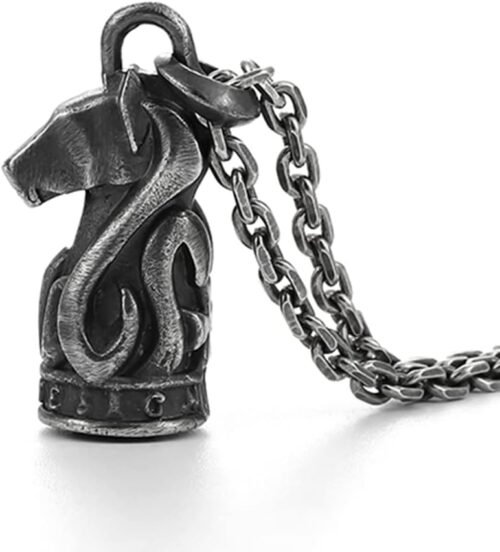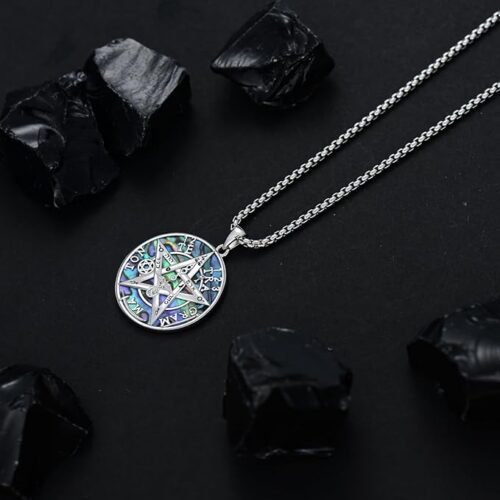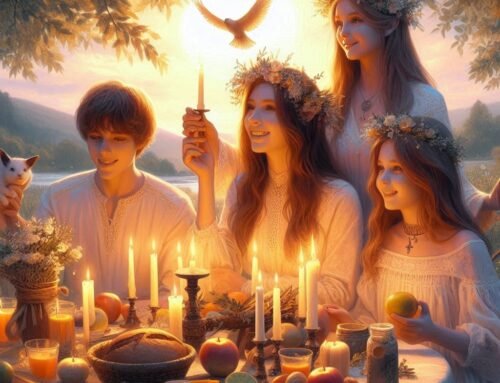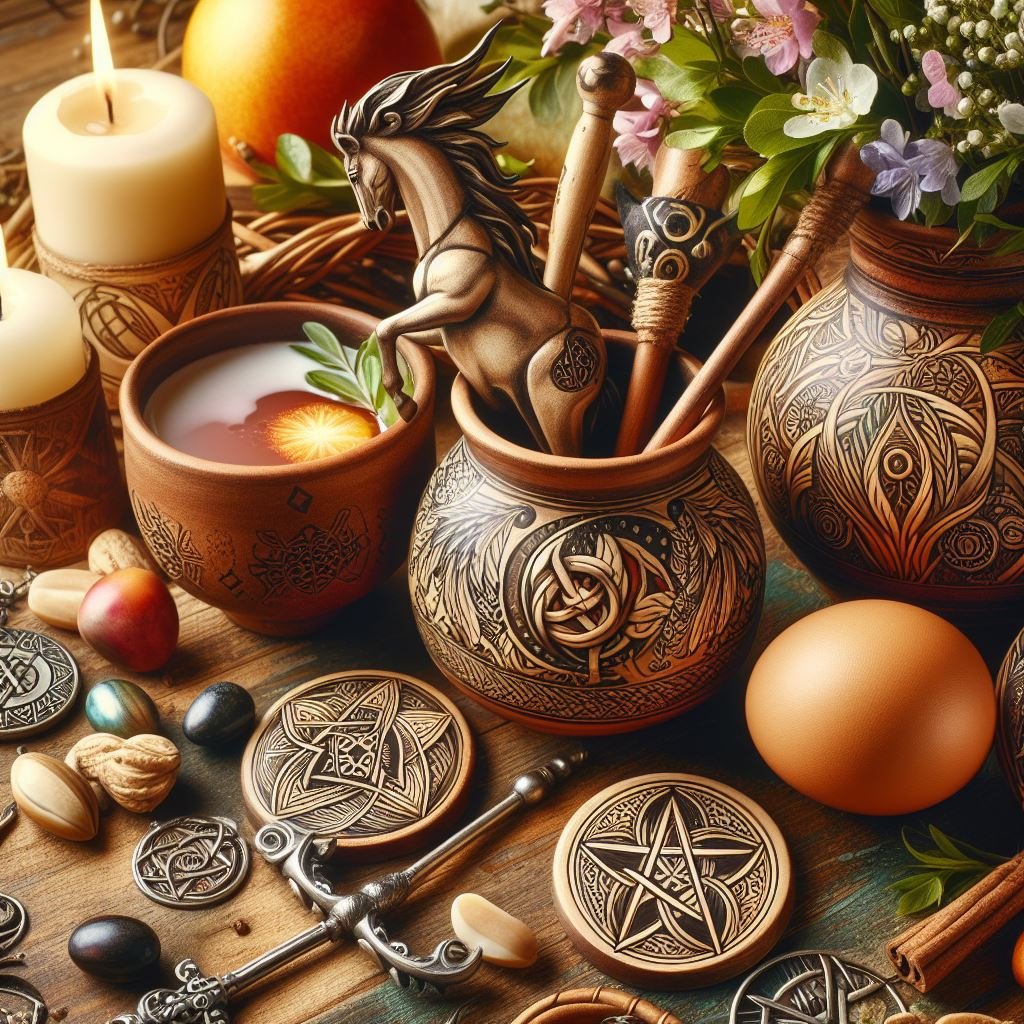
The symbols of Beltane
Beltane: A Formal Exploration of the Symbols of Beltane
In this article, we look at the symbols of Beltane. Beltane, recognized as May Day, stands as one of the eight sabbats esteemed by practitioners of Paganism, Wicca, and Witchcraft. Observed on May 1st in the Northern Hemisphere, this festival inaugurates the commencement of summer, reverberating with themes of fertility, growth, and rejuvenation. Within the confines of this discourse, we shall delve into the significance, customary practices, chromatic representations, culinary offerings, botanical essences, and symbols of Beltane.
The Temporal Alignment of Beltane 2024
Beltane, in the year 2024, shall be commemorated on May 1st.
The Substantive Essence of Beltane
At the heart of Beltane lies a tribute to the profusion of life. The symbols of Beltane serve as a homage to the fecundity of the soil, the burgeoning of nascent existence, and the rekindling of the natural milieu. Central to Beltane is the acknowledgment of the divine amalgamation between the masculine and feminine entities, engendering a resurgence of vitality within the terrestrial realm.
 Linguistic Articulation of “Beltane”
Linguistic Articulation of “Beltane”
Pronounced as “BEL-tayn,” the term “Beltane” finds its origins in Gaelic etymology. Positioned within the pantheon of the eight pagan festivities delineated in the Wheel of the Year, Beltane epitomizes the prelude to summer.
Beltane: Ceremonial Observances and Symbols of Beltane
Beltane unfolds as a jubilant occasion teeming with festivity. A hallmark of this celebration is the ritualistic circumambulation around the Maypole—a towering structure bedecked with blossoms and ribbons. Symbolically, the Maypole represents masculine potency, while the ribbons embody the feminine essence of the earth. Through the act of weaving the ribbons amidst the revelry, participants allegorically signify the union of the divine masculine and feminine.
Another enduring tradition is the kindling of bonfires, reminiscent of ancient customs wherein fires were ignited upon hilltops to honour the sun and invoke fertility upon crops and livestock. Youthful attendees, in ages past, would leap over the flames, an act believed to bestow auspiciousness and fecundity.
Symbols of Beltane
The observance of Beltane engenders a tapestry of practices emblematic of fertility, love, and the blossoming of spring. These practices encompass:
- Maypole Dancing: A venerable tradition encapsulating fertility symbolism through intricate ribbon patterns and rhythmic movements.
- Bonfire Illumination: Signifying the ascension of solar potency and the resurgence of warmth and abundance.
- Floral Adornments: Embellishing abodes and altars with spring blooms such as roses, daisies, and lilacs.
- Outdoor Shrine Crafting: Crafting sacred spaces amidst nature, adorned with botanical motifs and vibrant ribbons.
- Ritualistic Purification: Indulging in herb-infused baths to cleanse and prepare for the festivities.
- Communal Feasting: Preparing sumptuous repasts featuring seasonal delicacies like strawberries, verdant greens, and honey-laden confections.
- Amorous Celebrations: Couples partake in rituals symbolizing love and devotion, including the safe traversal of flames together.
- Gifting of May Baskets: A gesture of camaraderie and goodwill, extending floral-laden tokens to acquaintances.
- Artisanal Pursuits: Engaging in crafts emblematic of Beltane’s themes, including the crafting of flower crowns and fertility symbols.
- Reflective Contemplation: Meditative introspection regarding aspirations for the forthcoming season and nurturing personal growth.
- Nature Communion: Embracing the outdoors through excursions and reverential engagement with natural landscapes.
- Magical Rites: For adherents of esoteric practices, the performance of rituals conducive to fertility, abundance, and affection holds significance.
Selecting activities resonant with individual predilections fosters a sense of jubilation and interconnectedness. Moreover, it underscores the veneration accorded to the Earth’s resplendent vitality as it burgeons forth in a symphony of life.

The symbolism of Beltane
Beltane Correspondences: Symbolism and Representations
Integral to the observance of Beltane are a myriad of correspondences encompassing symbols, hues, symbols of Beltane:
Chromatic Expressions of Beltane
- Green: Symbolizing the verdant exuberance of spring and the resurgence of life.
- Red/Pink: Emblematic of passion, ardor, and the vivacious spirit of the season.
- White/Silver: Signifying purity and the luminosity of the moon, esteemed in select Beltane traditions.
- Yellow: Representative of the solar orb and the advent of summer.
Beltane Iconography
- Broom: Employed in symbolic rituals denoting the expurgation of the old and the embrace of the new.
- Cauldron: Symbolic of the goddess’s womb, facilitating rites of transformation and genesis.
- Ribbons and String: Utilized in the weaving and gesticulation around the Maypole, embodying the interplay of cosmic energies.
Culinary Delicacies of Beltane
A quintessential facet of Beltane observance entails indulging in a gastronomic banquet comprising comestibles emblematic of the earth’s fertility. Exemplary fare includes:
- Strawberries: Redolent of love and fervor.
- Honey: Evocative of sweetness and opulence.
- Fresh Greens: Symbolizing the vivacity of spring.
- Oatcakes: Traditional sustenance integral to Beltane rites and rituals.
Botanical Affinities of Beltane
Botanical essences play a pivotal role in Beltane ceremonies and festivities, serving as conduits for symbolic import, olfactory stimulation, and magical efficacy. The following herbs are commonly associated with Beltane:
- Mugwort: Revered for its purported augmentation of psychic faculties and facilitation of lucid dreaming, Mugwort assumes prominence in divinatory pursuits and spiritual communion.
- Lavender: Renowned for its tranquilizing properties, Lavender fosters an ambiance of serenity and repose, conducive to Beltane rituals.
- Rosemary: Esteemed for its associations with love and safeguarding, Rosemary finds application in the purification of spaces and implements preparatory to ceremonial engagements.
- Thyme: Embodied with connotations of valor and fortitude, Thyme serves to invigorate and embolden participants amidst Beltane revelries.
- Vervain: Characterized by its purifying virtues and amorous resonances, Vervain occupies a pivotal role in sanctifying and consecrating the ceremonial precinct.
- Nettle: Symbolizing vitality and robustness, Nettle is purported to confer heightened energy levels and promote physical well-being.
- Lilac: Infused with an alluring fragrance and evocative of amorous sentiments, Lilac constitutes a sublime addition to Beltane décor and adornments.
- Hawthorn: Regarded as sacred to Beltane, Hawthorn blossoms epitomize themes of love, protection, and fecundity.
- Dandelion: Emblematic of wishes, metamorphosis, and growth, Dandelion symbolizes the potentiality for transformation inherent in Beltane’s ethos.
- Basil: Revered for its associations with love, affluence, and defensive prowess, Basil finds utility in love-centric spells and incantations.
- Meadowsweet: Exuding an aura of mirth and marital bliss, Meadowsweet augments the ambiance of joyous celebration pervading Beltane festivities.
- Chamomile: Prized for its tranquilizing effects and capacity to engender a state of equanimity, Chamomile fosters an atmosphere conducive to contemplative introspection.
- Calendula: Also known as marigold, Calendula symbolizes ardor and passion, rendering it a favored component in love-themed rituals and ceremonies.
Integration of these herbs into various Beltane rites, such as the crafting of herbal sachets, infusion into ritualistic baths, incorporation into floral arrangements, or presentation as offerings upon the Beltane altar, enriches the ceremonial tapestry with their symbolic resonance and metaphysical potency.
Beltane Floral Emblems
Flowers occupy a pivotal role in Beltane observance, emblematic of the earth’s fecundity and resplendent beauty. Traditional Beltane flowers include:
- Mayflowers: Particularly hawthorn blossoms, venerated as sacred to Beltane.
- Roses: Synonymous with love and ardor.
- Lilac: Redolent of the intoxicating fragrances of spring.
- Daisies: Symbolic of innocence and purity.
- Meadowsweet: Emblematic of love, happiness, and marital felicity.
These floral specimens serve as ornamental embellishments for the Maypole, domicile, and altar, infusing the ambiance with their vibrant hues and evocative scents.
Crystalline Connotations of Beltane
Crystals, esteemed for their metaphysical properties and vibrational frequencies, assume significance in Beltane rituals. Notable examples include:
- Rose Quartz: Signifying love and emotional convalescence.
- Emerald: Symbolic of fertility, rejuvenation, and burgeoning growth.
- Citrine: Representative of the burgeoning strength of the sun and the opulence it bequeaths upon the terrestrial realm.
Beltane Altar Ornamentation
In addition to floral arrangements, Beltane altars are bedecked with ribbons, wreaths, and verdant foliage, imbuing the ceremonial space with the quintessence of Beltane’s vibrancy and vitality. Personalized Maypoles, fashioned from lofty poles festooned with ribbons in traditional Beltane hues, serve as focal points for communal reverence and merriment.
Beltane stands as an occasion heralding the plenitude of life and venerating the fecundity of the earth. Whether partaking in the revelry of Maypole dancing, the illumination of bonfires, or the conviviality of communal feasting, Beltane invites individuals to forge a deeper connection with nature and embrace the spirit of growth and rejuvenation.



